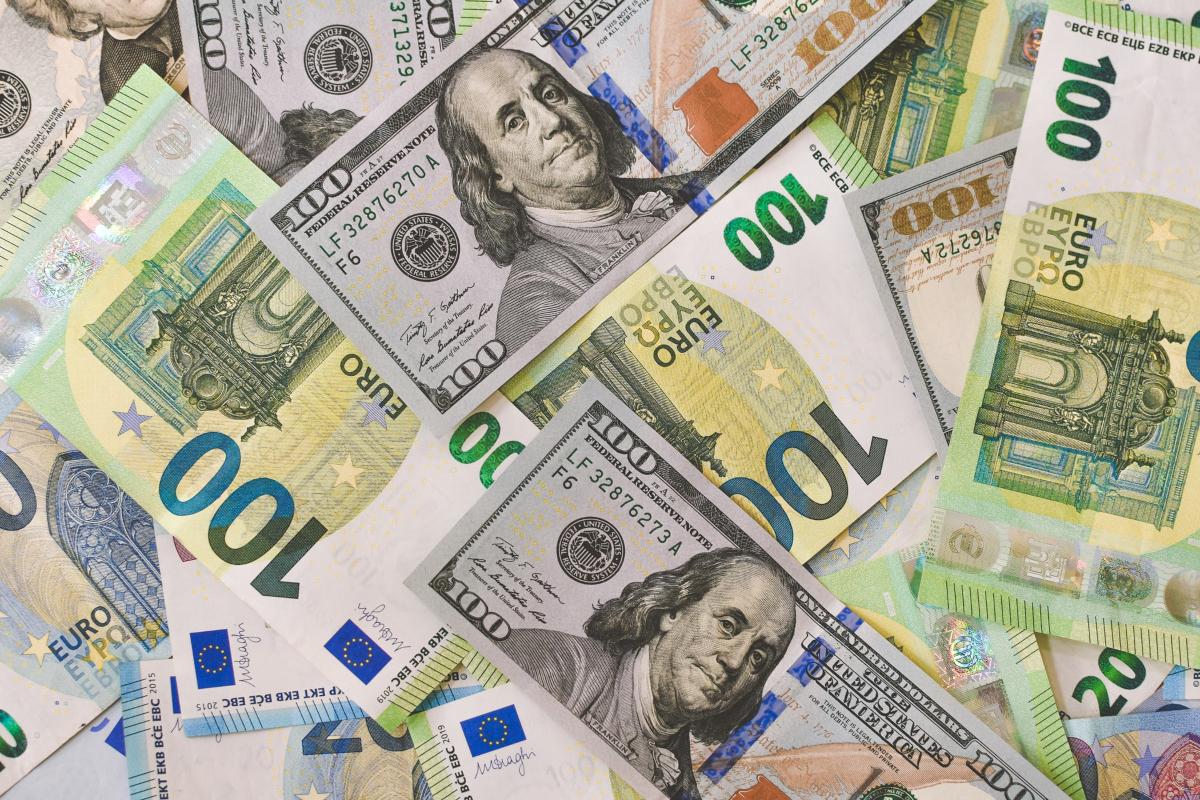The Euro and U.S. Dollar Could Reach Parity Within a Month
The U.S dollar has been strengthening against major currencies. When will it reach parity the euro, and what would be the implications?
May 19 2022, Published 5:50 a.m. ET

There's been a sell-off in risk assets amid soaring inflation and gas prices and the Russia-Ukraine war. Another result of the risk-off sentiment has been the U.S. dollar strengthening against major currencies, including the euro, which has fallen to a five-year low against the dollar. Could the euro and dollar reach parity, and what would be the implications?
Why is the U.S. dollar rising?
The dollar index, which tracks the greenback’s price action against a basket of major currencies, is up almost 8 percent year-to-date. The dollar has strengthened against major currencies, including the euro and yen. Most currencies are trading at all-time lows against the dollar.
Why is the euro weakening against the dollar?
Several factors are dragging down the euro against the dollar. On a macro level, traders are seeking solace in safe-haven assets such as the dollar. Rapidly rising bond yields in the U.S. are also strengthening the currency.
Furthermore, the Eurozone's short-to-medium term economic outlook as the region tries to wean off Russian oil and gas is weighing on the euro. Germany, the region's economic powerhouse, was reducing its reliance on coal and nuclear power and instead relying Russian energy imports.
Analysts believe the euro and dollar could reach parity in a month
Aleksandar Tomic, economist and associate dean at Boston College, believes that the euro could reach parity with the dollar in "a month or so.” Speaking with Business Insider, he said, “[Parity] is an indicator of lack of faith in the euro area economy going forward, which is not surprising.”
Meanwhile, Amundi chief investment officer Vincent Mortier believes euro-dollar parity could come in six months. He added, “We are facing lower growth or probably a recession in the eurozone.”
There are also fears of the U.S. entering recession. The current housing industry slowdown, reduced consumer spending, and flurry of layoffs don’t paint a rosy picture for the world’s largest economy.

What happens if there's parity between dollar and the euro
The last time we saw parity between euro and dollar was in 2002. Since then, the euro has traded above the dollar, reaching a peak of $1.58 in March 2008.
With a strengthening dollar and weakening euro, U.S. companies exporting to the eurozone could become less competitive, and they'd have to cope with adverse currency movements as they repatriate their foreign earnings (as indicated by several in their 2022 first-quarter earnings calls.)
As for U.S. consumers, the cost of imported products from Europe might come down as the region’s currency weakens. Whereas the euro and dollar are both free-float currencies and their prices are market-determined, several countries deliberately weaken their currencies to make their exports competitive in global markets.

